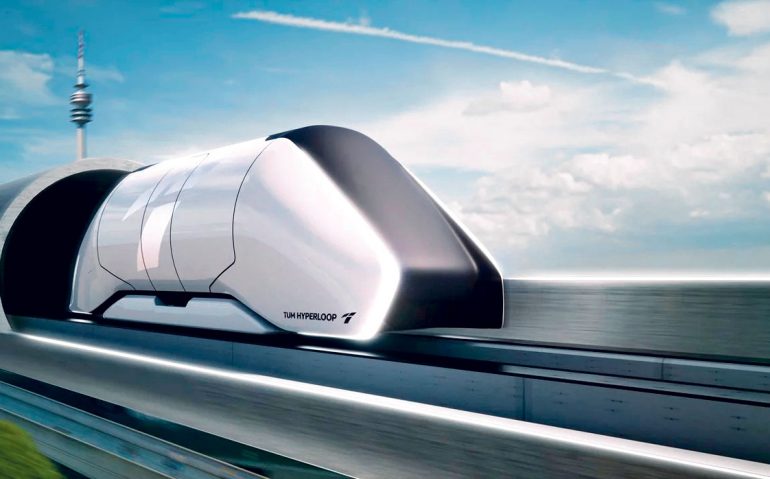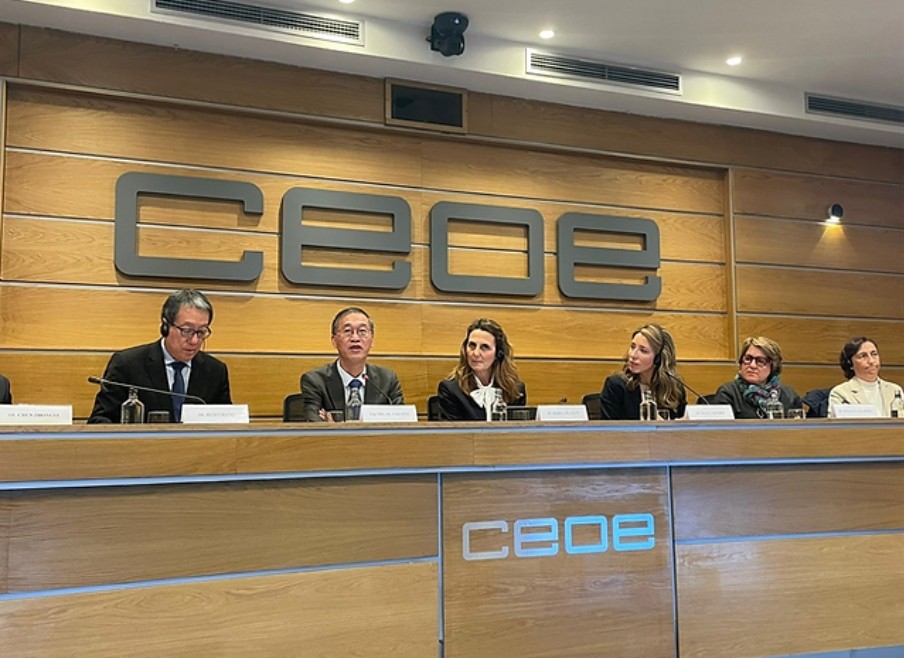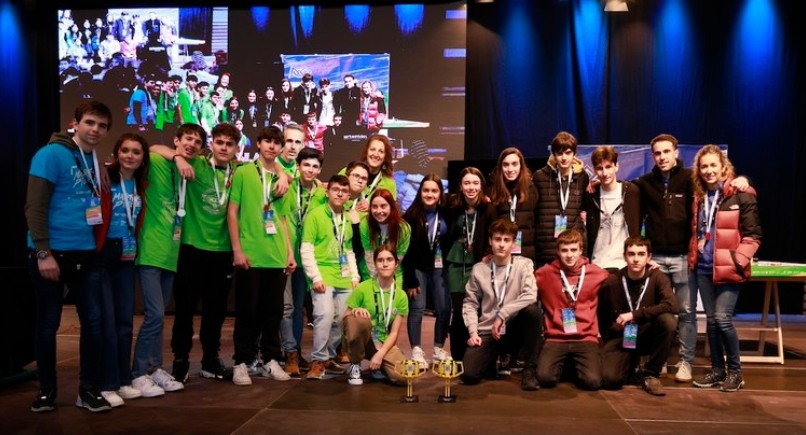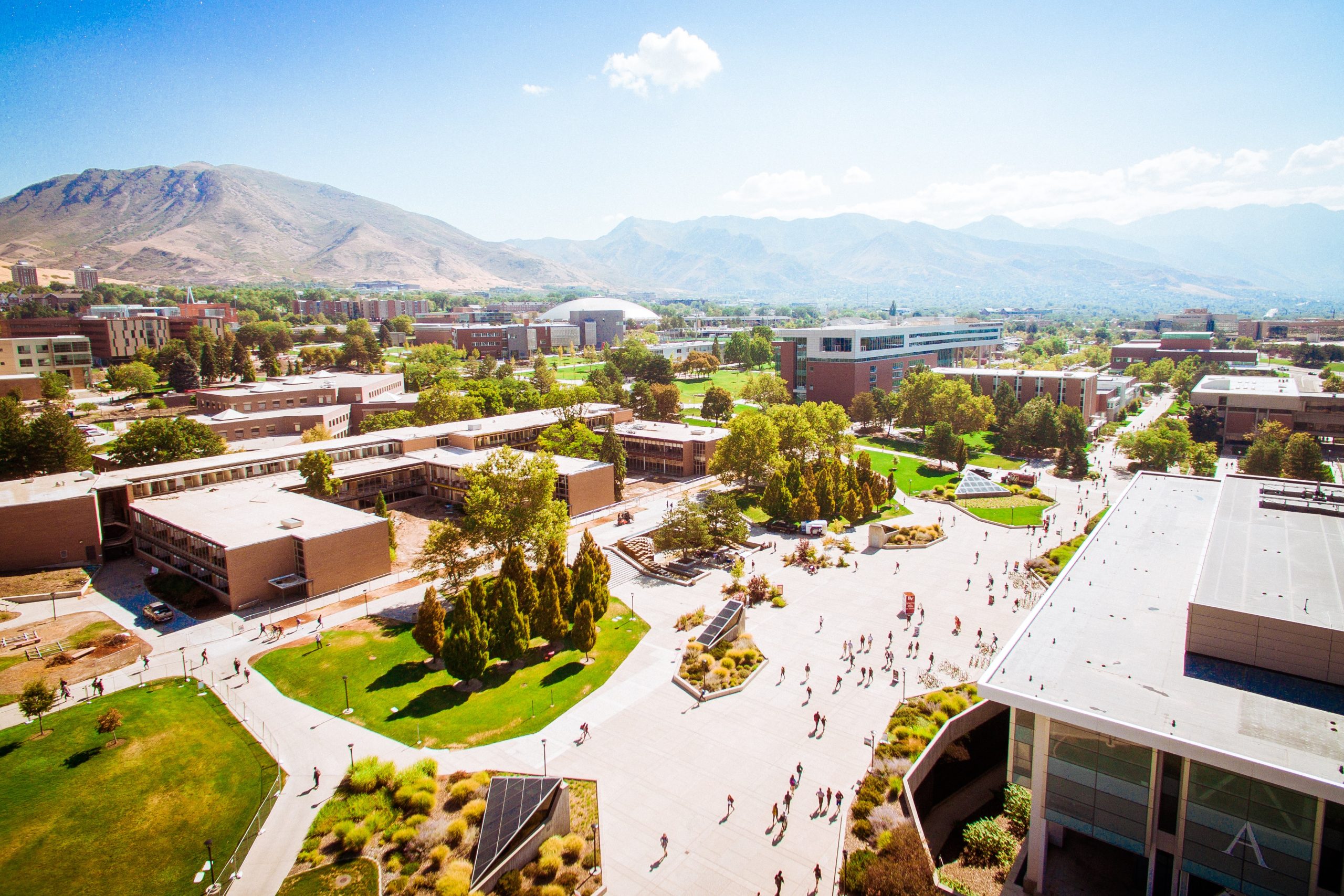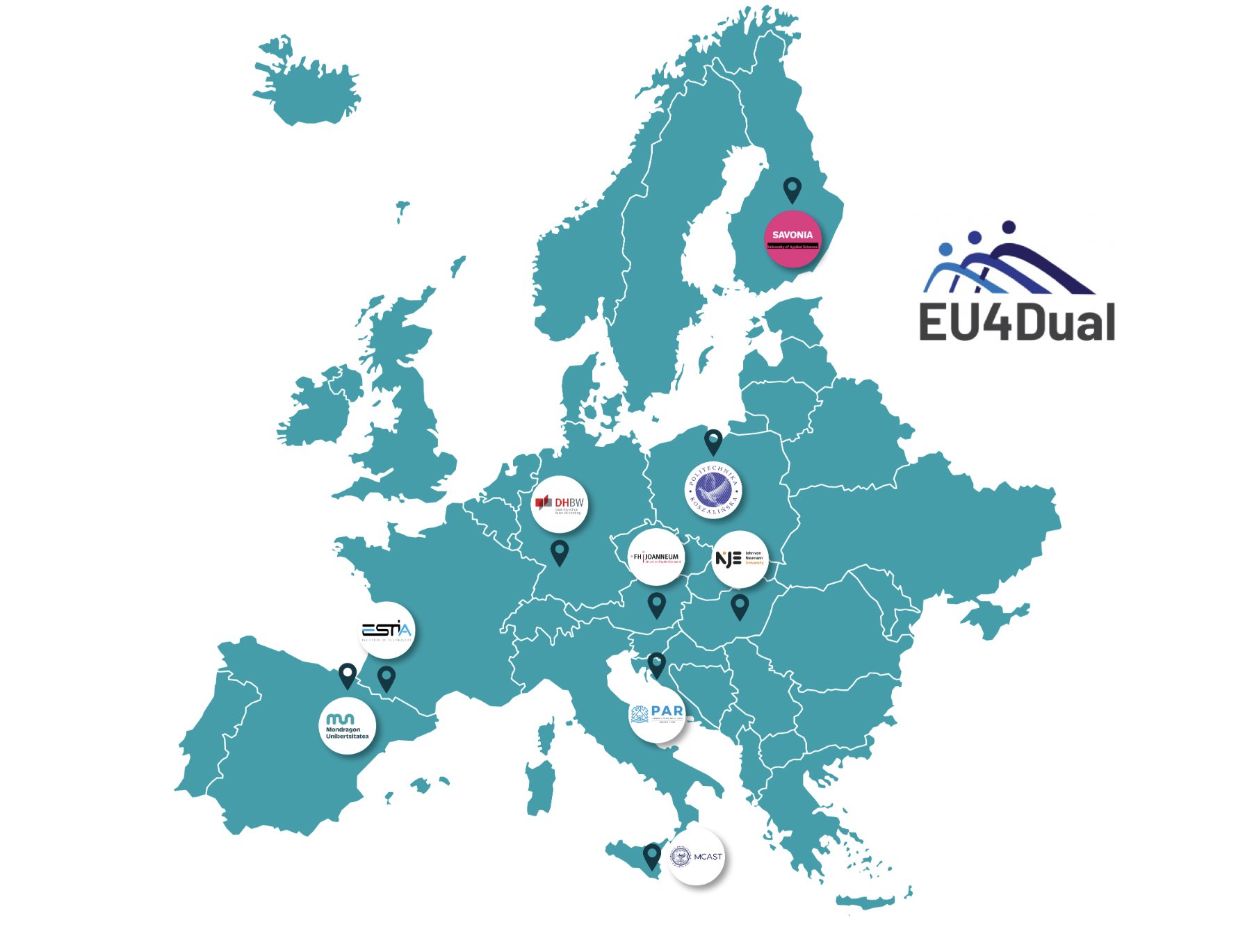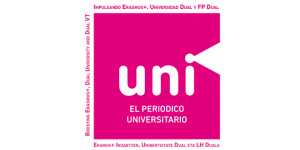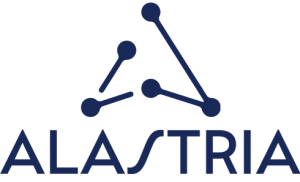From Zaragoza to Berlin in three hours: Hyperloop technology has provided a key to its future in Europe
From Zaragoza to Berlin in a shorter time than the duration of the film ‘Oppenheimer’. And all by land, without taking a plane, thanks to an extensive network of tubes, through which a “train” capable of reaching dizzying speeds (700-1,000 kilometers per hour) circulates. It sounds like science fiction, but this is the goal that the company Hardt Hyperloop set a year ago in Aragon, in the presentation of which the then mayor and now president of Aragon, Jorge Azcón, participated passionately. A year later, it still sounds fascinating, but the ambitious Hyperloop technology has reached a key milestone in Europe.
In Germany it is already a reality. what happened That they have managed to demonstrate the potential of Hyperloop in Germany. Although on a scale far removed from that proposed by Elon Musk or from the network of more than 1,500 km that would be needed to connect Zaragoza and Berlin. What they did there, at the Technical University of Munich (TUM), was to inaugurate a test track and experience the first trips with people in a space of just 24 m. The gallery is located on the Ottobrunn campus in Taufkirchen and in July allowed the TUM team to make a first research trip with the help of a passenger capsule designed to travel through a vacuum tube.
- What was the test? The inaugural trip, organized at the TUM facility, was recently attended by around 400 guests at an event on a newly opened track, including Bavarian Prime Minister Markus Söder. The test had three main components. The first was the vacuum tube, a gallery 24 meters long and four meters in diameter, built with concrete in less than a year. The second is a control center that houses the powerful vacuum pumps that made the experiment possible. The third, the mobile capsule itself, designed to be used in a vacuum and equipped to accommodate five passengers inside.
- Who is behind the project? TUM Hyperloop, a research group created in 2020 by a student initiative and working on a new mode of travel that claims low emissions and speeds. “We are now in a position to show what the Hyperloops of the future could look like,” said TUM’s Gabriel Semino. “The transition from model scale to actual dimensions and the first European passenger test in vacuum conditions are a milestone for scaling up the technology and for longer test segments.”
- Why is it important? Although not too many technical details have been revealed for now, the Technical University of Munich says that the experiment has shown that the TUM Hyperloop is “fully functional”. And it is not his only merit. To do this with passengers, the team first had to obtain a certificate from TÜV Süd, which the team says is proof of the system’s safety. “TUM allows Hyperloop to rigorously test its systems,” they added. During the test, the Bavarian Minister of Science said that TUM is the first full-scale Hyperloop test segment in Europe.
- And beyond university? The TUM Hyperloop does not work in isolation. The program has been integrated into the Bavarian High Technology Agenda since 2020, allowing it to enjoy co-financing from the Free State of Bavaria. The initiative is also part of the Department of Aerospace and Geodesy of the School of Engineering and Design and started in 2015, promoted by students and with a special purpose: to participate in the SpaceX Hyperloop competitions promoted by Elon Musk at the time. After the good results obtained in that experience, the current Hyperloop team was created. “The goal of the project is to build a Hyperloop reference route in various stages of development by the end of the decade, to be able to transport passengers at more than 800 kilometers per hour,” the German organization recalled.
- Are they alone in their efforts? no a good example is The Boring Company, Virgin, CASIC in China or, here in Europe, Hard Hyperloop, the effort of the European hyperloop technology company (EHC) which has a test system in the Netherlands and is part of the European Hyperloop Center. The person responsible for this last project was Stan de Caluwe, who traveled to Aragon a year ago and highlighted the role that Zaragoza could play in an ultra-fast European transport network, with vehicles capable of traveling over 700 km/h for passengers or cargo.
- A Zaragoza node? “This network of the future will have one of the most important nodes in southern Europe in Zaragoza, it will have connections to different points in Europe through a low air pressure tube system, through which goods would move in capsule trains and in the future people would move”, the City Council of Zaragoza stated. It has been determined that ten European cities, including metropolises, have participated in the research and development project.


